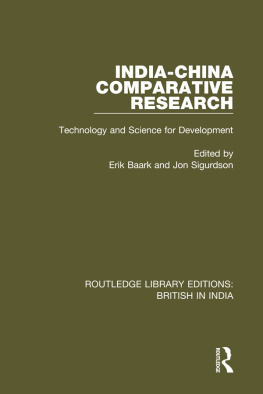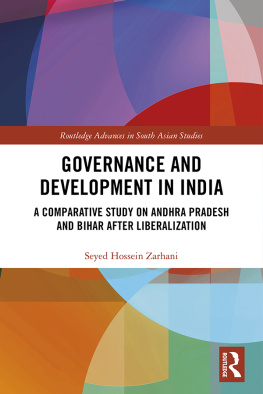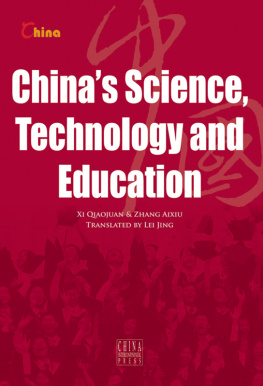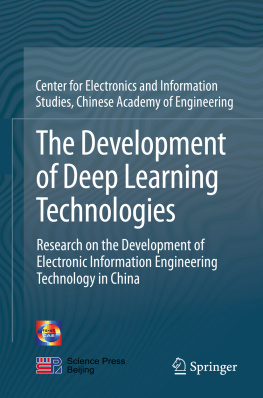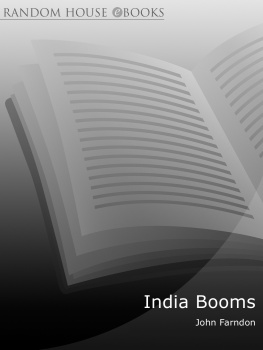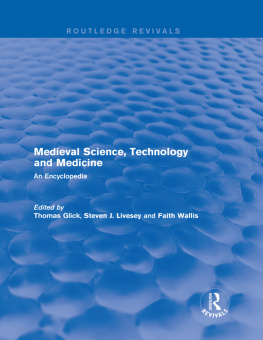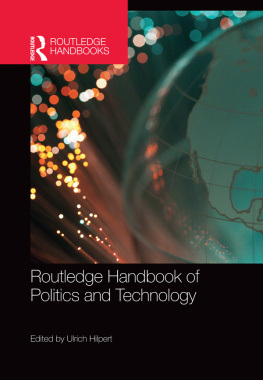ROUTLEDGE LIBRARY EDITIONS: BRITISH IN INDIA
Volume 13
India-China Comparative Research
First published in 1981 by Curzon Press Ltd
This edition first published in 2017
by Routledge
2 Park Square, Milton Park, Abingdon, Oxon OX14 4RN
and by Routledge
711 Third Avenue, New York, NY 10017
Routledge is an imprint of the Taylor & Francis Group, an informa business
1980 SIAS (now NIAS, Copenhagen)
All rights reserved. No part of this book may be reprinted or reproduced or utilised in any form or by any electronic, mechanical, or other means, now known or hereafter invented, including photocopying and recording, or in any information storage or retrieval system, without permission in writing from the publishers.
Trademark notice: Product or corporate names may be trademarks or registered trademarks, and are used only for identification and explanation without intent to infringe.
British Library Cataloguing in Publication Data
A catalogue record for this book is available from the British Library
ISBN: 978-1-138-22929-7 (Set)
ISBN: 978-1-315-20179-5 (Set) (ebk)
ISBN: 978-0-415-30887-8 (Volume 13) (hbk)
ISBN: 978-0-415-31064-2 (Volume 13) (pbk)
ISBN: 978-1-315-23058-0 (Volume 13) (ebk)
Publishers Note
The publisher has gone to great lengths to ensure the quality of this reprint but points out that some imperfections in the original copies may be apparent.
Disclaimer
The publisher has made every effort to trace copyright holders and would welcome correspondence from those they have been unable to trace.
STUDIES ON ASIAN TOPICS NO. 3
India-China Comparative Research
Technology and Science for Development
Edited by
ERIK BAARK and JON SIGURDSON
CURZON PRESS
SCANDINAVIAN INSTITUTE OF ASIAN STUDIES
Kejsergade 2, DK-1155 Copenhagen K
First published 1981
Curzon Press Ltd : London and Malm
SIAS 1980
ISBN 0 7007 0138 9
ISSN 0142 6028
Printed in Great Britain by
Biddles Ltd, Guildford, Surrey
Contents
Erik Baark
Bjrn Hettne
Aqueil Ahmad
Ward Morehouse
Richard Conroy
Erik Baark
Erik Baark
Guide
Aqueil Ahmad, Research Policy Institute, Lund, and Administrative Staff College of India, Hyderabad, India.
Erik Baark, Research Policy Institute, Lund, Sweden.
Richard Conroy, Science Policy Research Unit, University of Sussex, Brighton, England.
Bjrn Hettne, Department of Peace and Conflict Research, University of Gothenburg, Gothenburg, Sweden.
Ward Morehouse, Research Policy Institute, Lund, and Council of International and Public Affairs, New York, USA.
Jon Sigurdson, Research Policy Institute, Lund, Sweden.
China and India are continental countries with vast, still largely untapped, natural and human resources. Historically the cultures of these countries have played an important role in human development; there can be no doubt that, as their resources are fully mobilized for industrialization and modernization, the two countries will play an increasingly important role in world affairs.
So it is natural to find that comparisons of the two countries and their future roles in the global economic and political system fascinate people interested in international economics and the relative values of different political systems.
Comparisons can be carried out in many different ways: one may look at economic performance, development strategies, rural development, social structures, and many other aspects. One of these aspects, technology and science in development, has been especially studied at both the Scandinavian Institute of Asian Studies, in Copenhagen, and at the Research Policy Institute (previously Program) at the University of Lund. Against this background the two institutes decided in 1977 to convene a Scandinavian symposium on Technology in Development: The Cases of India and China in May 1978. The aim of the symposium was threefold:
- To take stock of the present knowledge of mechanisms and processes of technology utilization in development in India and the Peoples Republic of China;
- To shed light on the methodologies to be used for analysing technological developments in the two countries;
- To help in the development of an analytical framework within which the experiences of India and China could become meaningful to each other as well as to other developing countries.
The focus of the symposium was further underlined by the fact that Chinas first National Science Conference was convened in March/April 1978, and that technology and science is receiving continued attention not only in India but in the world at large; for example at the United Nations Conference on Science and Technology for Development, convened in Vienna in August 1979.
The symposium brought together more than 30 people. Most were from Scandinavian countries, but there were also a number of specially invited foreign scholars and resident guest researchers. Papers of a comparative nature had been prepared by some of the participants, and these were read and discussed. The sessions became focused to a considerable degree on the availability of data, the comparability of data and questions of methodology.
In the sometimes heated debates suggestions were made that any analysis should focus on political conditions, social structure, centreperiphery dependency or empirical case studies. From this discussion one can discern a need to distinguish among three different modes of research: descriptive, analytical and normative approaches.
Descriptive studies are aimed at establishing typologies which classify issues and phenomena according to differences and similarities. Analytical studies are intended to provide a background for the creation of generalized theoretical models by successive testing of hypotheses through empirical research. In normative studies, the relative performance of various units - nations, regions, groups, etc. - are evaluated with reference to a normative standard. Each of these methods has particular fields of application and, if used in combination, they provide an efficient tool for comparative research.
In light of the very different views expressed at the symposium it was decided to summarize the proceedings in the somewhat unconventional manner which can be seen in this volume. Out of a total of ten papers presented at the symposium, only those of a comparative nature and outlook on methodological questions have been included here. In addition a major part of the volume consists of a methodological discussion of how to compare technology and science in India and China as well as an extensive survey of India-China comparative research. It is our hope that this will prove more valuable than a volume which would have included all the papers and a full verbatim report of the exchanges of ideas at the symposium.
As an outcome of the seminar a group of people had during 1979 formulated a research programme, Technology and Culture, for a comparative study of technological development in Asia and Western Europe. The programme is sponsored by the Committee for Future Oriented Research of the Swedish National Council for Research Coordination and Planning. It will focus on technical development and some of its conditioning factors in China, India, and Japan compared with the experience of such late industrializers in Europe as Sweden and Germany. It is our hope that the research programme planned for 1980-198 3 will turn into an international collaborative effort with participating researchers from the countries mentioned.

